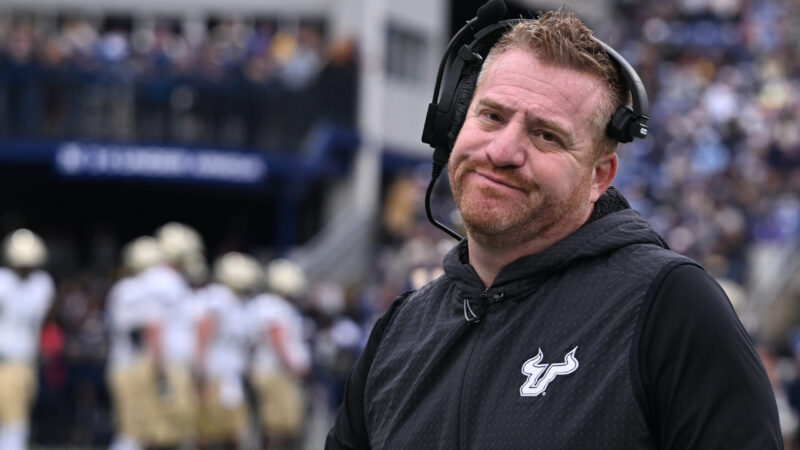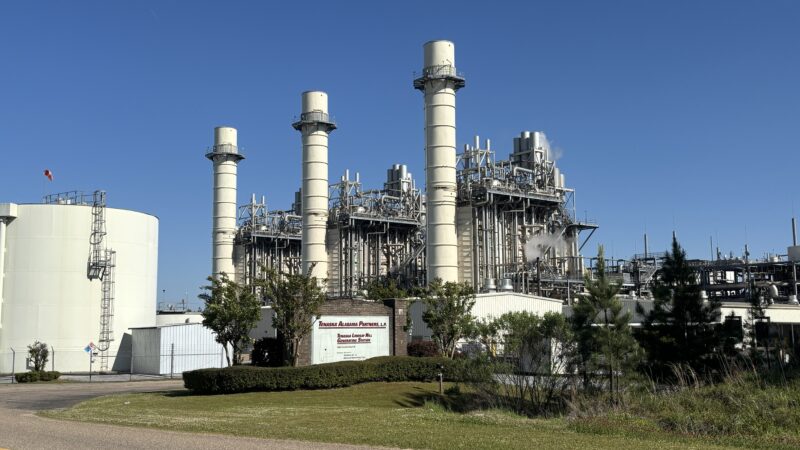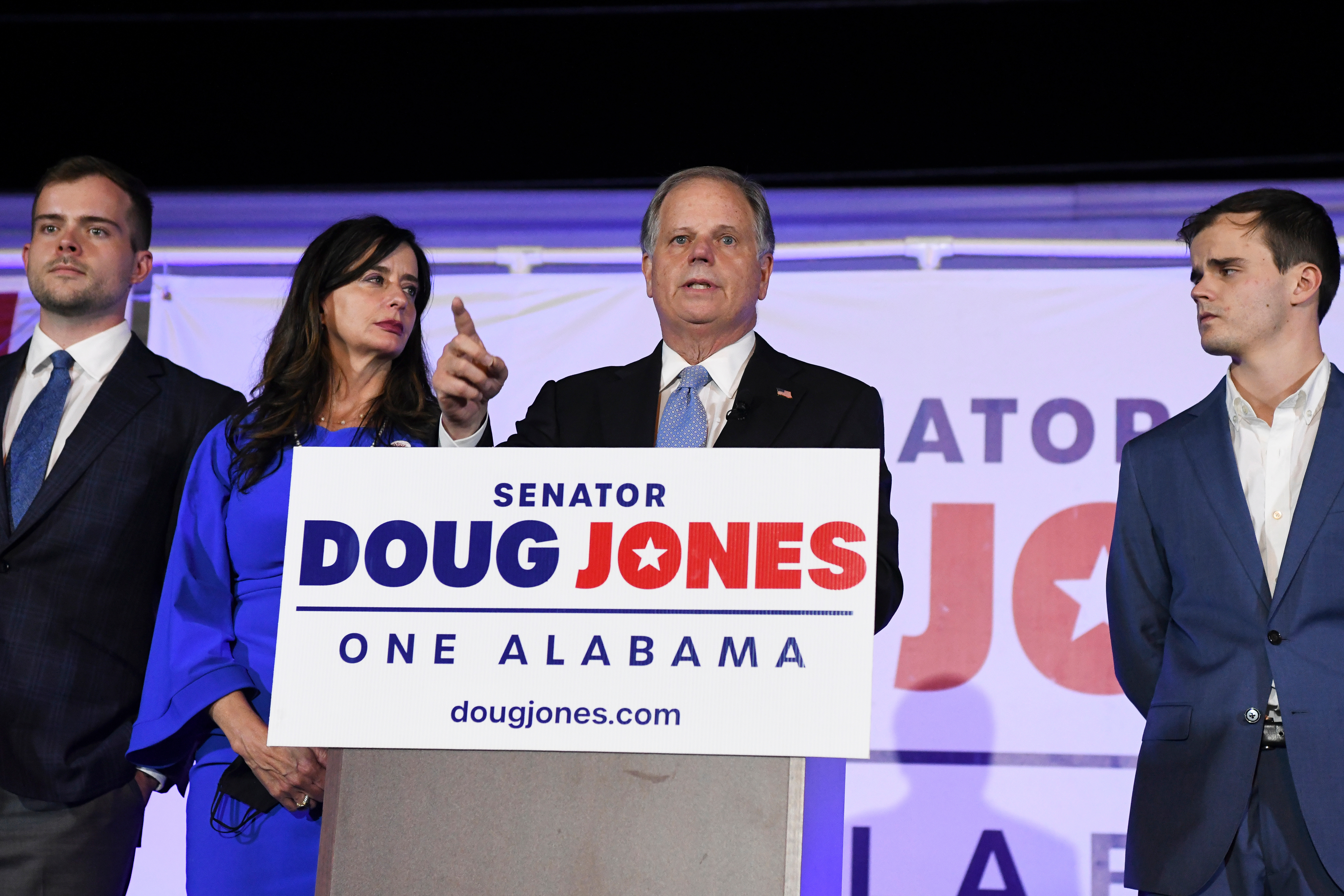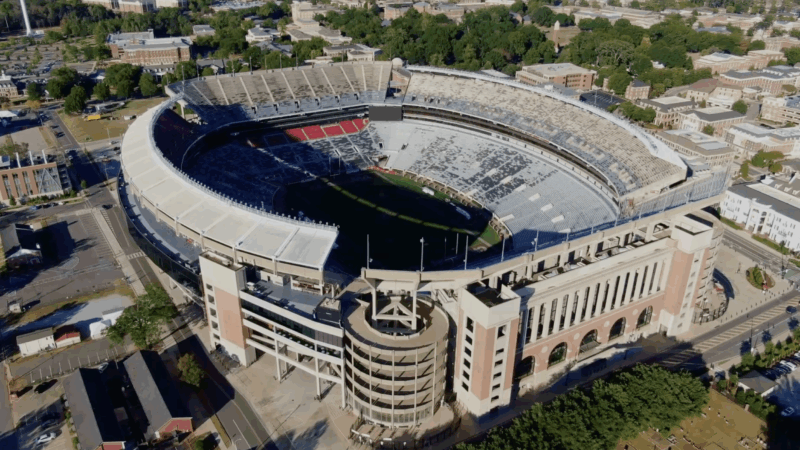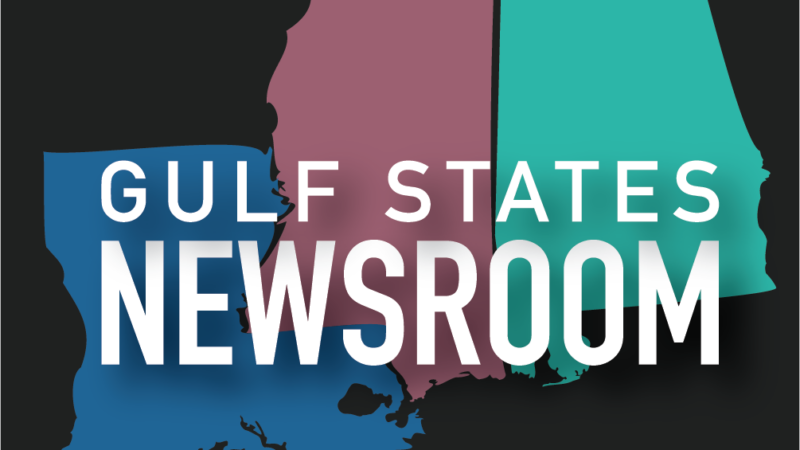Filling The Gaps: The Dental Dilemma
Patel: ‘I’m excited and also kind of nervous because getting out into the real world.’
A world that includes up to $100,000 in debt for many students, including junior Kelli Hill.
Hill: ‘The debt thing’s more’ (laughs) you know, it’s kid of in my face right now! I’ve had to borrow pretty much everything ‘ so I see how much money I owe, I don’t see how much money I’ll make yet.’
Administrators worry that some students are shunning dentistry because of the expense of the schooling, equipment, and establishing a practice. And that, they say, will exacerbate what is already a growing shortage of dentists.
Thornton: ‘I think we’re seeing the tip of a huge iceberg.’
John Thornton is chairman of UAB’s pediatric dentistry program. He says as many as 11 percent of rural residents have never been to a dentist. And the U-S Surgeon General estimates 25-million Americans live in areas lacking adequate dental care services.
Thornton: ‘There’s a big crisis looming around the corner and I think in the next ten years it’s going to hit us and we’re going to be amazed at how severe the shortages are going to be.’
The American Dental Association predicts that 20% of current dentists will retire in the next decade and there won’t be enough new dental graduates to fill those gaps. In the 1970’s and early 80’s the government reimbursed dental schools for every student, but that created too many dentists, so the government stopped the reimbursements. Even if the government were to reinstate that program – few schools could handle more students because there isn’t enough faculty to teach them. UAB dental school assistant dean Steven Filler says that’s because the average private practice dentists makes $150,000 a year. But to teach dentistry, expect to make just $65,000.
Filler: ‘They come out with a lot of debt. It’s easier for them to recoup that debt and to make a better living in a private practice world than it is through dental education.’
Dental school administrators want the federal government to reinstate the reimbursements so they can raise faculty salaries. They also suggest forgiving the loans of dentists who practice in rural and inner-city communities ‘ which are hardest hit by the shortage. Focusing more on the science and prevention could also help, says Richard Neiderman. He’s director of Boston’s Forsyth Center for Evidence-based Dentistry. He says if dentists were versed in the latest research in dentistry ‘ if, for instance, they routinely treated cavities as infections rather than simply drilling and filling ‘ they would increase their efficiency.
Neiderman: ‘Currently, dentists have in their practice about 2,000 patients. Were they to implement evidence-based methods they could have about 5,000 patients in their practice, treating the patients most in need with the intervention and treat the rest of the patients with the prevention’. Double their income and patients would have increased access to care. So it could be a win-win.’
But even if dentists were willing, insurers would need to reassess how they value dentist’s time ‘ making consultation and preventive procedures more lucrative’. An idea some insurers have been slow to embrace.
Auburn tabs USF’s Alex Golesh as its next coach, replacing Hugh Freeze on the Plains
The 41-year-old Golesh, who was born in Russia and moved to the United State at age 7, is signing a six-year contract that averages more than $7 million annually to replace Hugh Freeze. Freeze was fired in early November after failing to fix Auburn’s offensive issues in three seasons on the Plains.
Alabama Power seeks to delay rate hike for new gas plant amid outcry
The state’s largest utility has proposed delaying the rate increase from its purchase of a $622 million natural gas plant until 2028.
Former U.S. Sen. Doug Jones announces run for Alabama governor
Jones announced his campaign Monday afternoon, hours after filing campaign paperwork with the Secretary of State's Office. His gubernatorial bid could set up a rematch with U.S. Sen. Tommy Tuberville, the Republican who defeated Jones in 2020 and is now running for governor.
Scorching Saturdays: The rising heat threat inside football stadiums
Excessive heat and more frequent medical incidents in Southern college football stadiums could be a warning sign for universities across the country.
The Gulf States Newsroom is hiring an Audio Editor
The Gulf States Newsroom is hiring an Audio Editor to join our award-winning team covering important regional stories across Mississippi, Alabama and Louisiana.
Judge orders new Alabama Senate map after ruling found racial gerrymandering
U.S. District Judge Anna Manasco, appointed by President Donald Trump during his first term, issued the ruling Monday putting a new court-selected map in place for the 2026 and 2030 elections.


